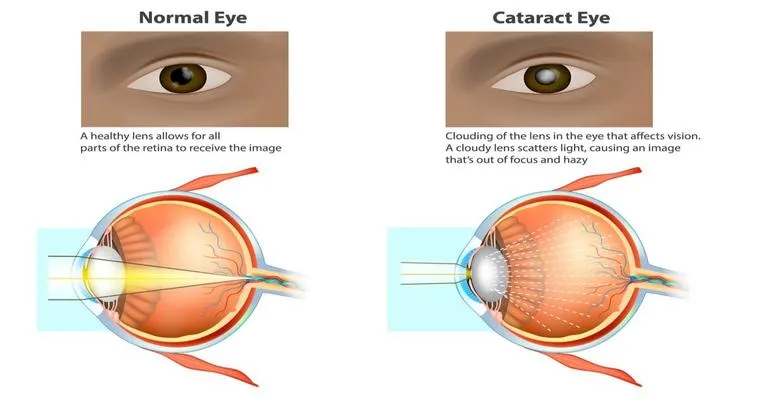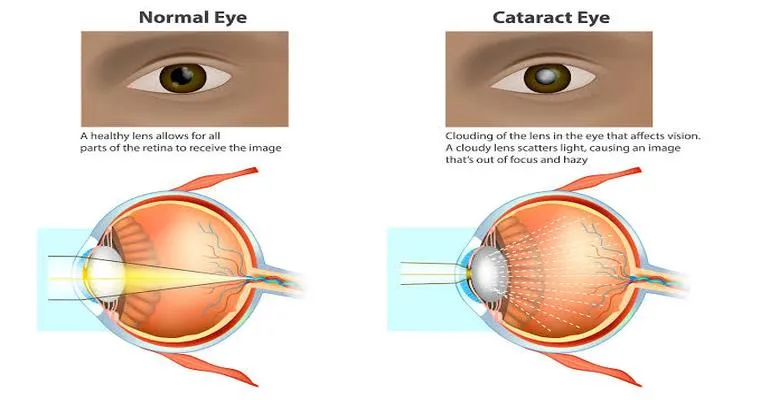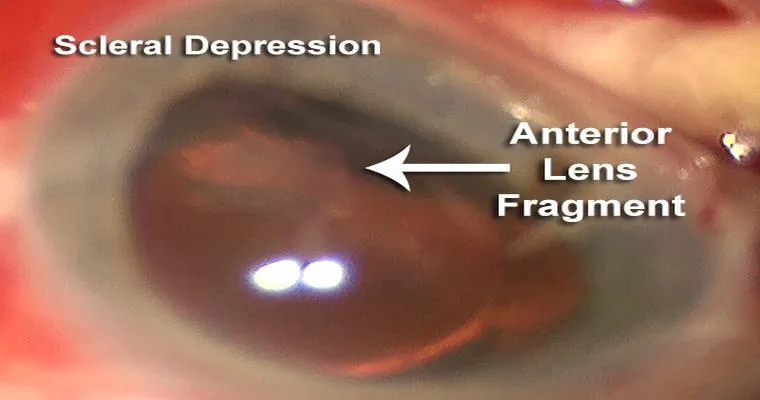Cataracts are a common eye condition that primarily affects the "lens of the eye", leading to "blurred vision" and other visual disturbances. Understanding the "signs", "symptoms", and "diagnosis" of cataracts is crucial for timely intervention and management. As we age, the risk of developing cataracts increases, making awareness essential for maintaining good eye health.
Signs of Cataracts
One of the first signs of cataracts is a noticeable change in vision. Individuals may experience "blurry or cloudy vision", which can make daily activities challenging. Other signs include:
Difficulty seeing at night
Increased sensitivity to light or glare
Seeing halos around lights
Frequent changes in prescription glasses or contact lenses
These signs may develop gradually, and many people may not realize they have cataracts until the condition significantly impacts their vision.
Symptoms of Cataracts
In addition to the signs mentioned, cataracts can present a range of symptoms that vary in severity. Some common symptoms include:
"Faded colors": Colors may appear less vibrant or washed out.
"Double vision": Some individuals may experience double vision in one eye.
"Frequent eye strain": Increased effort to focus can lead to discomfort and fatigue.
"Difficulty with night vision": Many individuals find it harder to see in low-light conditions.
Recognizing these symptoms early can help individuals seek appropriate medical advice before their vision deteriorates further.
Diagnosis of Cataracts
Diagnosing cataracts typically involves a comprehensive eye examination conducted by an eye care professional. The assessment may include:
"Visual acuity test": This test measures how well you can see at various distances.
"Dilated eye exam": Eye drops are used to widen the pupils, allowing the doctor to examine the lens and other structures of the eye in detail.
"Tonometry": This test measures the pressure inside the eye, helping rule out other conditions such as glaucoma.
If cataracts are diagnosed, the severity of the condition will determine the appropriate treatment options. In the early stages, vision correction through glasses or contact lenses may be sufficient. However, if cataracts progress, surgical intervention may be needed to restore clear vision.
Conclusion
Understanding the "signs", "symptoms", and "diagnosis" of cataracts is essential for maintaining eye health, especially as we age. Regular eye exams are crucial for early detection and management of this common condition. If you notice any changes in your vision, it is important to consult with an eye care professional to ensure timely treatment and preserve your quality of life.





